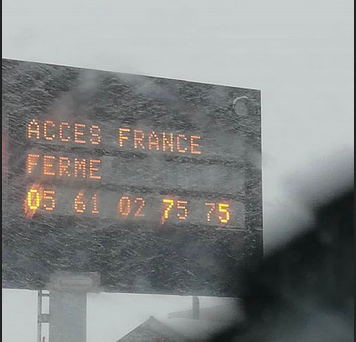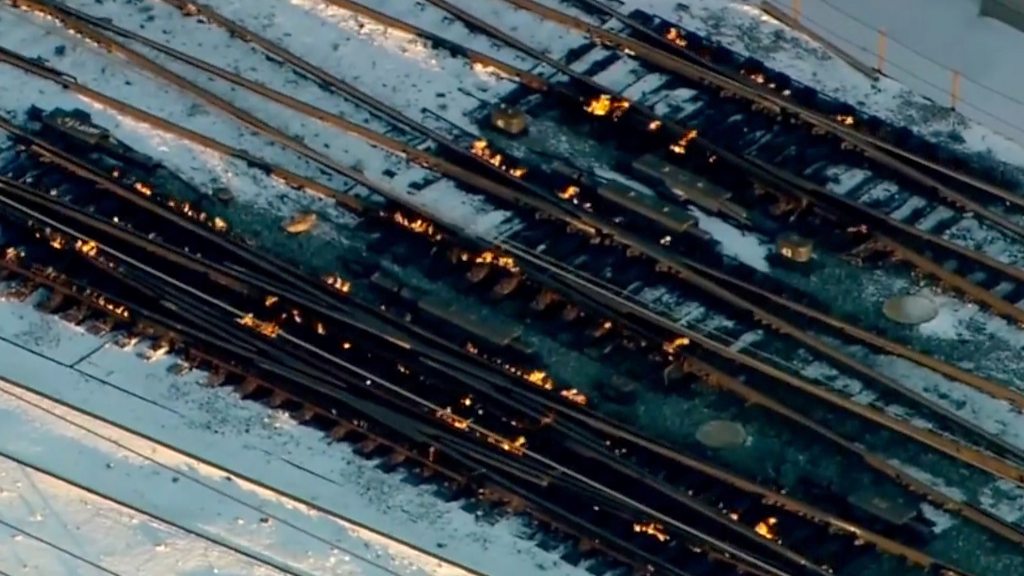I've been reading 'A cold Welcome: The Little Ice Age and Europe's Encounter with North America', by Sam White, and I came across this:
This is not unlike the pattern we see today. The global-warmists insist that GW is thinning the ice in the Arctic, while ignoring the fact that the ice in the Antarctic is growing, plus all the other weather anomalies that do not match GW theory. On top of that, we have seen a lot of volcanic activity lately. If this is a known pattern - volcanic activity, stronger NAO, uneven cooling at different latitudes, thinning of ice in the Arctic but freezing elsewhere - why is not anyone talking about it now?
[...] After large tropical volcanic eruptions, the earth cools differently at different latitudes, and that uneven cooling causes shifts in global atmospheric circulation. Often these shifts include a stronger NAO [North Atlantic Oscillation], as well as stronger westerly and northwesterly winds in Europe that often come south of their usual range. These conditions can strengthen the North Atlantic Current and temporarily thin out Arctic sea ice in otherwise cold years. That was the pattern following the Tambora eruption and the "year without a summer" in 1816. Northwesterly winds from the Atlantic brought months of incessant cool rainy weather to western and central Europe, further chilled by volcanic aerosols that dimmed the sun. The poor in Switzerland and southern Germany froze and starved during the summer, but the following winter was actually milder than usual in most of Europe. At the same time, ships in the Arctic found the sea free of ice much farther north than anyone could remember.
This is not unlike the pattern we see today. The global-warmists insist that GW is thinning the ice in the Arctic, while ignoring the fact that the ice in the Antarctic is growing, plus all the other weather anomalies that do not match GW theory. On top of that, we have seen a lot of volcanic activity lately. If this is a known pattern - volcanic activity, stronger NAO, uneven cooling at different latitudes, thinning of ice in the Arctic but freezing elsewhere - why is not anyone talking about it now?





